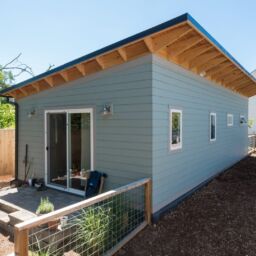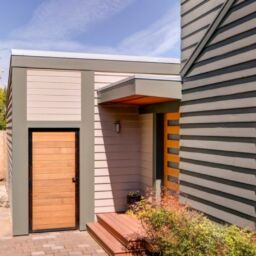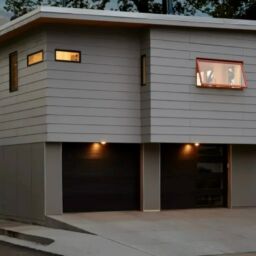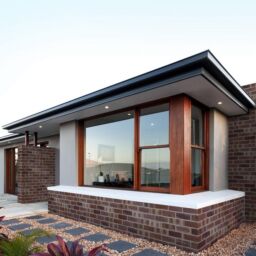Building an Accessory Dwelling Unit (ADU) on a hillside can be different than building it on a flat lot. Hillside properties can present unique challenges, such as soil erosion, unstable foundations, and steep slopes. These challenges can affect the design and construction of the ADU and may require additional planning and preparation.
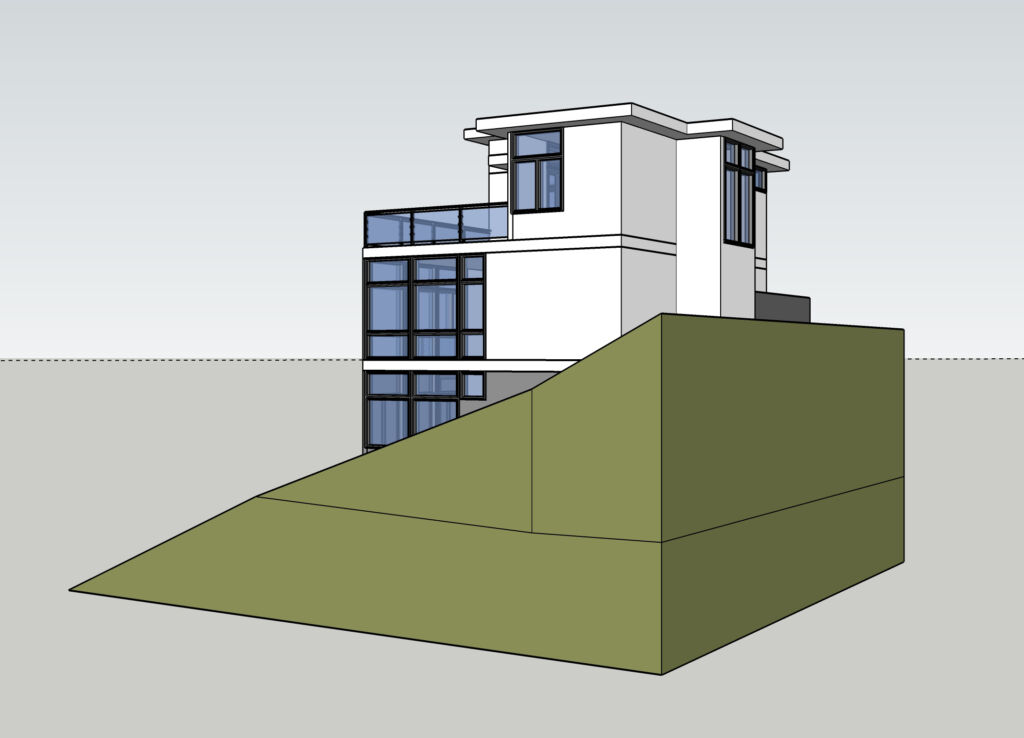



Here are some of the ways that building an ADU on a hillside can differ from building on a flat lot:
1 Foundation: The foundation of the ADU will need to be designed to account for the slope of the hill. This may require additional excavation and grading to create a level building site. Additionally, the foundation may need to be reinforced or anchored to prevent soil erosion and structural instability.
2 Site preparation: On a hillside, site preparation is more complicated and expensive. There may be the need for excavation and grading to create a level building site, which can be challenging and may require specialized equipment and expertise.
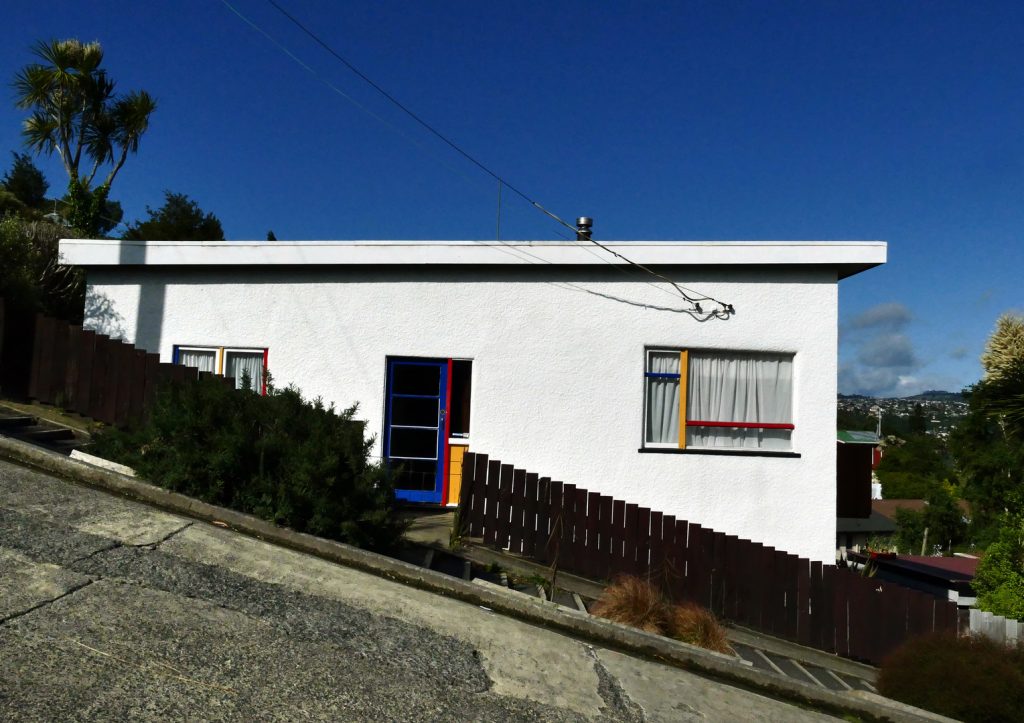



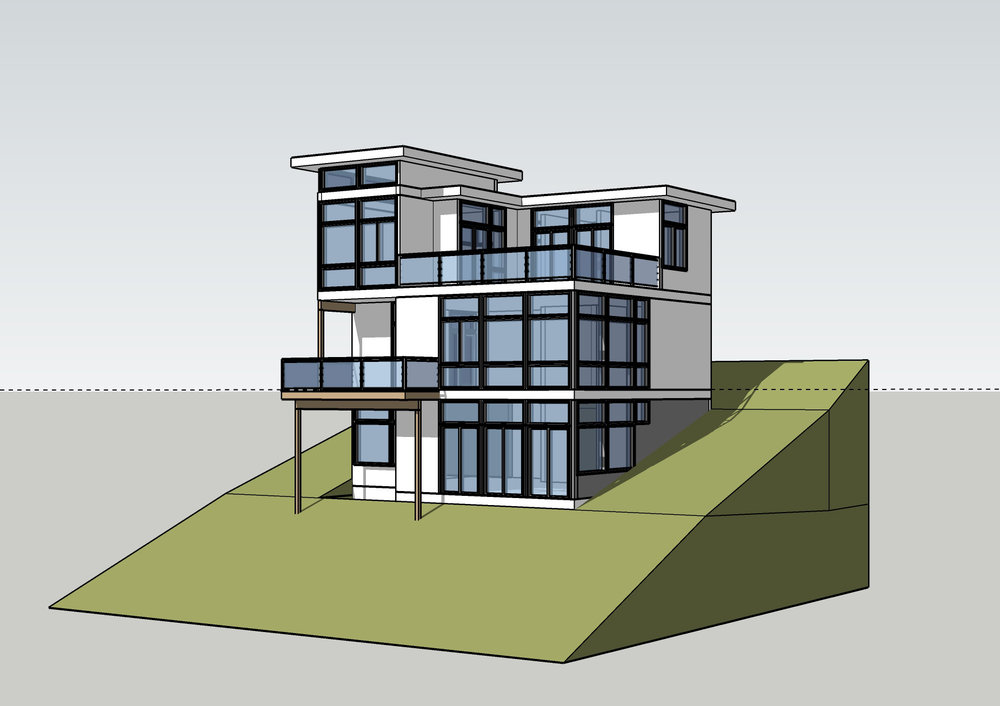



These considerations shouldn’t deter a homeowner on a hillside from pursuing an ADU. Although building an ADU on a hillside can be more complex than building on a flat lot, with careful planning and preparation, it is possible to build a safe and functional ADU even on a hillside property. It is important to work with experienced professionals, such as architects, engineers, and contractors, who have experience in hillside construction to ensure that the ADU is designed and built to the highest standards.




3 Structural design: The structural design of the ADU must be adapted to the hillside conditions, including the potential for landslides and erosion. The design may need to include measures such as retaining walls, soil stabilization, and drainage systems to prevent water runoff and erosion.
4 Access: Access to the ADU may be more difficult on a hillside property. Stairs or a ramp may need to be installed to reach the ADU, which can add to the construction costs.
5 Utilities: Utilities, such as water and sewer lines, may need to be extended or rerouted to accommodate the hillside location. This can also add to the construction costs.
6 Permits: Building an ADU on a hillside may require additional permits and approvals from local authorities. This is due to the potential for environmental impacts, such as soil erosion and runoff, and the need to ensure that the ADU is safe and stable on the hillside.






